When flames tear through a forest, most of us imagine every living creature fleeing in terror. But nature has a different story to tell. While chaos and destruction dominate the headlines, something remarkable happens in the shadows of wildfire zones that challenges everything we think we know about survival instincts.
The Fire Followers: Nature’s Unlikely Opportunists

Picture this: while emergency crews battle raging infernos, certain animals are actually moving toward the flames. These “fire followers” aren’t driven by some death wish or confused instinct. They’re following an ancient survival strategy that’s been refined over millions of years of evolution.
Black-backed woodpeckers, for instance, can detect the heat signature of burning trees from miles away. Their specialized sensors help them locate prime real estate before the competition arrives. These birds aren’t just surviving the fire’s aftermath—they’re thriving in it.
The phenomenon extends far beyond birds. Beetles, mammals, and even some reptiles have developed sophisticated strategies to capitalize on post-fire environments. What seems like destruction to us represents opportunity to them.
The Insect Gold Rush: Beetles and Their Burning Ambitions
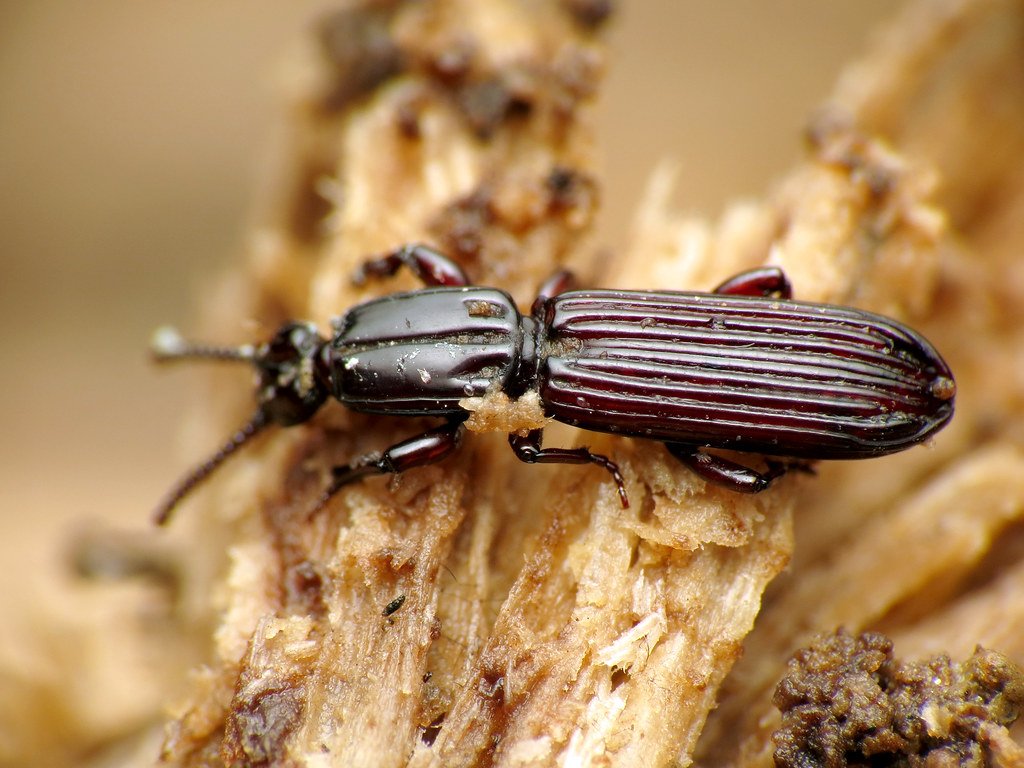
Bark beetles possess one of nature’s most impressive fire-detection systems. These tiny insects can sense infrared radiation from forest fires up to 50 miles away. When they detect those heat signatures, they launch themselves into what scientists call a “fire flight.”
Once they arrive at the burn site, these beetles find weakened trees that are perfect for laying their eggs. The fire has essentially pre-processed their nursery, removing the tree’s natural defenses and creating ideal conditions for their larvae to develop.
The timing is everything. Beetles that arrive too early risk getting caught in the flames, while those that arrive too late miss out on the prime real estate. It’s a high-stakes game of natural selection that has produced some of the most sophisticated fire-detection abilities in the animal kingdom.
Woodpeckers: The Feathered Fire Specialists

Black-backed woodpeckers have earned their reputation as the ultimate fire followers. These birds don’t just tolerate burned forests—they depend on them. Their entire life cycle revolves around the bounty that fire provides.
Within days of a fire’s end, these woodpeckers begin excavating nesting cavities in charred trees. The fire has already killed the tree’s defensive systems, making it easier for the birds to carve out their homes. They’re essentially moving into pre-softened real estate.
Their diet consists almost entirely of wood-boring beetle larvae that flourish in burned trees. A single woodpecker can consume thousands of these protein-rich insects daily. The fire hasn’t just created their habitat—it’s stocked their pantry.
The Ash Hunters: What Lies Beneath the Gray

Fire doesn’t just destroy—it transforms. The ash left behind contains concentrated nutrients that were once locked away in plant tissues. Animals have learned to exploit this treasure trove of minerals and compounds.
Deer and elk are often spotted licking ash deposits, seeking essential minerals like potassium and calcium. These nutrients become highly concentrated in ash, creating natural salt licks that attract herbivores from considerable distances.
The ash also acts as a natural fertilizer, creating conditions for rapid plant regrowth. Animals that arrive early get first access to these nutrient-rich new growth areas, giving them a significant advantage over competitors who wait.
Mammalian Fire Followers: From Mice to Moose

Small mammals like deer mice and voles often experience population booms in burned areas. The fire removes dense vegetation that once provided cover for their predators, while creating open spaces perfect for foraging.
Larger mammals follow different strategies. Elk and deer are drawn to the fresh vegetation that emerges in burned areas, which is often more nutritious than mature forest plants. The fire essentially creates natural meadows in previously dense forests.
Bears represent another category of fire followers. They’re attracted to the berries and other food sources that flourish in the sunny, open conditions created by fires. These burned areas often become prime feeding grounds for months or even years after the initial blaze.
The Chemical Treasures Hidden in Ash
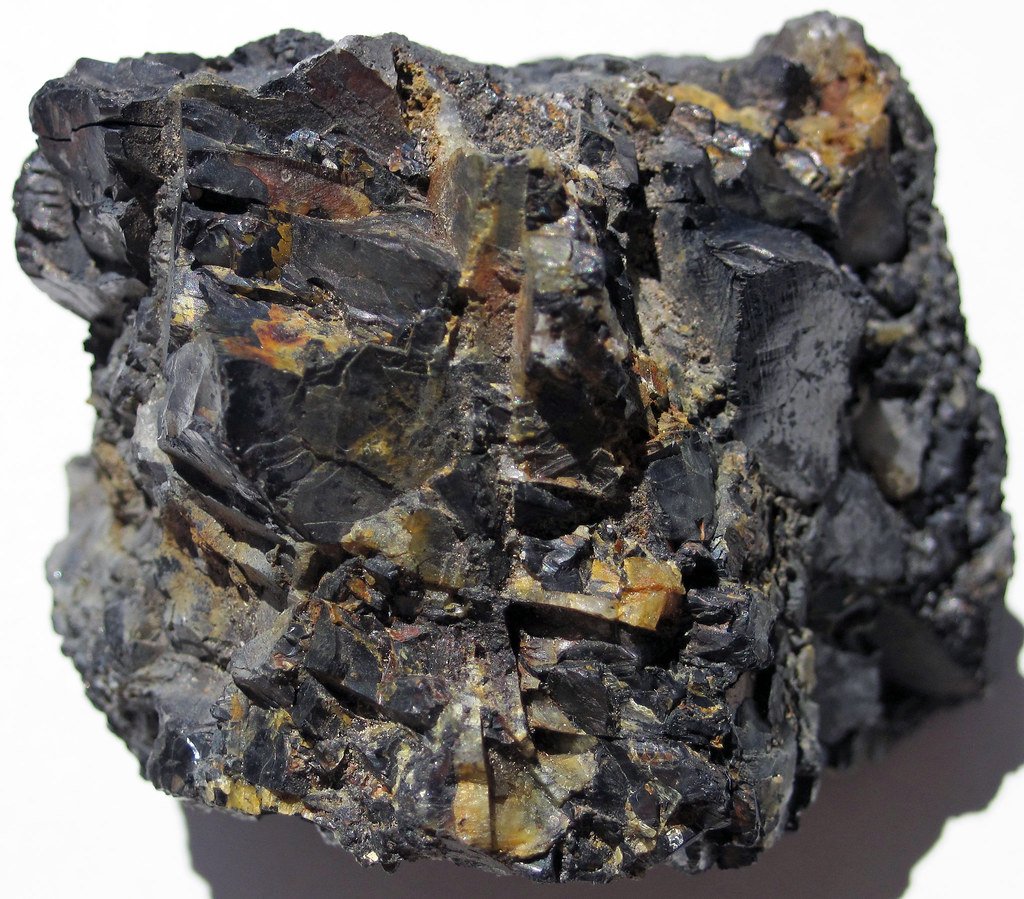
Fire transforms organic matter into a concentrated cocktail of minerals and compounds. Ash contains elevated levels of potassium, calcium, magnesium, and phosphorus—all essential nutrients that animals need for bone development, muscle function, and overall health.
Some animals have developed specific behaviors to harvest these chemical treasures. Certain bird species engage in “ash bathing,” rolling in the fine particles to absorb minerals through their skin and feathers. This behavior serves both nutritional and hygiene purposes.
The pH changes in burned soil also affect the availability of nutrients. Fire typically raises soil pH, making certain minerals more accessible to plants, which in turn makes them more available to the animals that feed on those plants.
Insect Explosions: The Bug Boom After Burns

Burned forests often experience massive insect population explosions. The combination of weakened trees, reduced predator populations, and abundant deadwood creates perfect conditions for various insect species to thrive.
Wood-boring beetles, in particular, can reach plague proportions in burned areas. Their larvae feed on the abundant dead wood, creating a protein-rich food source that attracts insectivorous birds and mammals from far and wide.
These insect booms don’t just feed individual animals—they support entire food webs. The abundance of insects attracts spiders, which attract small mammals, which in turn attract larger predators. The fire has essentially supercharged the entire ecosystem.
The Surprising World of Fire-Adapted Flora
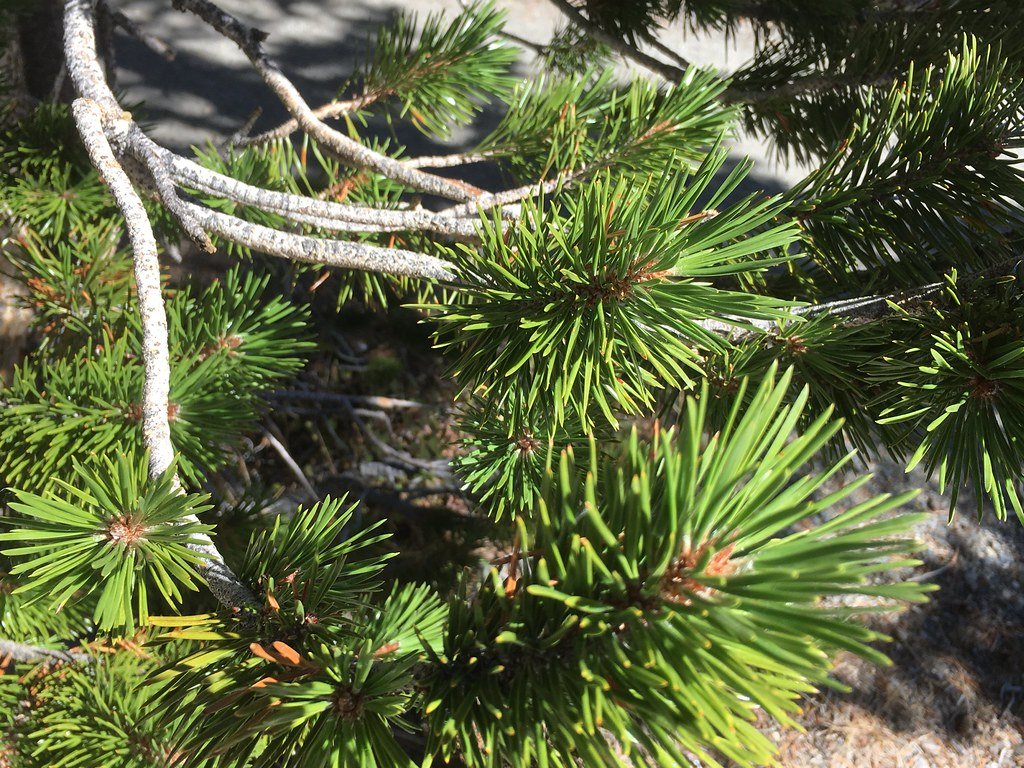
Many plants have evolved to not just survive fire, but to require it for reproduction. These fire-adapted species often produce seeds that only germinate after exposure to intense heat or smoke compounds.
Lodgepole pines, for example, have serotinous cones that remain sealed until fire’s heat opens them. When they do open, they release thousands of seeds onto the ash-enriched soil, creating ideal conditions for the next generation of trees.
Animals that follow fires often benefit from these plant adaptations. The rapid regeneration of vegetation provides food and shelter much sooner than most people realize. Some burned areas can show green shoots within weeks of the fire’s passage.
Heat-Seeking Behaviors: The Science Behind Fire Detection

The ability to detect fire from great distances requires sophisticated sensory adaptations. Some animals use infrared detection, while others rely on chemical cues carried by wind currents.
Certain beetle species have evolved specialized organs called pyrophilous sensilla that can detect the specific wavelengths of infrared radiation emitted by fires. These organs are so sensitive they can detect a candle flame from several feet away.
Birds often use a combination of visual and olfactory cues to locate fires. They can see smoke columns from great distances and smell the chemical signatures of burning vegetation. This multi-sensory approach helps them navigate to fire sites with remarkable precision.
The Underground Economy: Soil Life After Fire

Fire’s impact extends deep into the soil, creating underground opportunities that many animals exploit. The heat sterilizes harmful bacteria and fungi while concentrating nutrients in the ash layer.
Earthworms and other soil invertebrates often multiply rapidly in burned areas. The reduced competition and abundant organic matter create ideal conditions for these decomposers to thrive.
Burrowing animals like ground squirrels and prairie dogs benefit from the simplified soil structure. Fire removes root systems that once made digging difficult, creating easier excavation conditions for their tunnel systems.
Timing Is Everything: The Race to Burned Resources
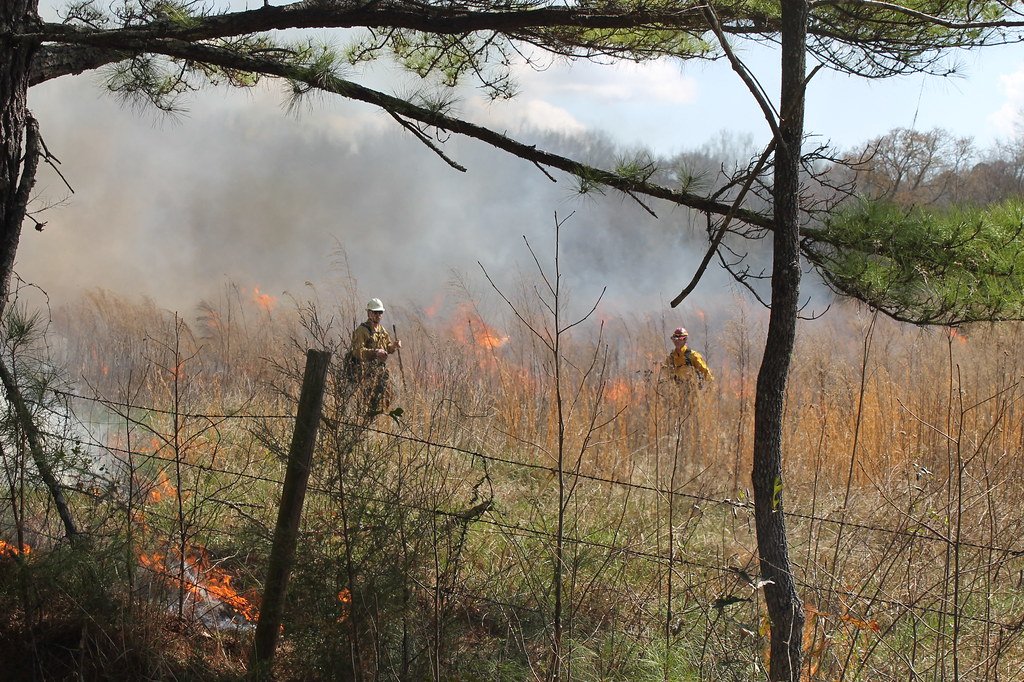
The window of opportunity in burned areas is often narrow. Animals that arrive too early risk injury from hot surfaces and unstable structures, while those that arrive too late miss out on the prime resources.
Competition for fire-generated resources can be intense. Black-backed woodpeckers, for instance, must compete with other woodpecker species, as well as with nuthatches and other cavity-nesting birds for the best nesting sites.
Some animals have evolved to specialize in different phases of post-fire recovery. Early arrivals capitalize on the immediate aftermath, while later arrivals benefit from the secondary growth and habitat changes that develop over time.
The Predator-Prey Shuffle: How Fire Resets the Game

Fire dramatically alters predator-prey relationships by changing habitat structure and visibility. Open burned areas favor different hunting strategies than dense forests, leading to shifts in species composition.
Raptors like hawks and owls often see increased hunting success in burned areas. The removal of dense vegetation makes it easier to spot small mammals, while the abundance of prey creates ideal hunting conditions.
Conversely, prey species that depend on dense cover for protection must adapt to more open conditions. Many develop different foraging patterns, becoming more active during dawn and dusk hours when visibility is reduced.
Water and Fire: The Unexpected Connection
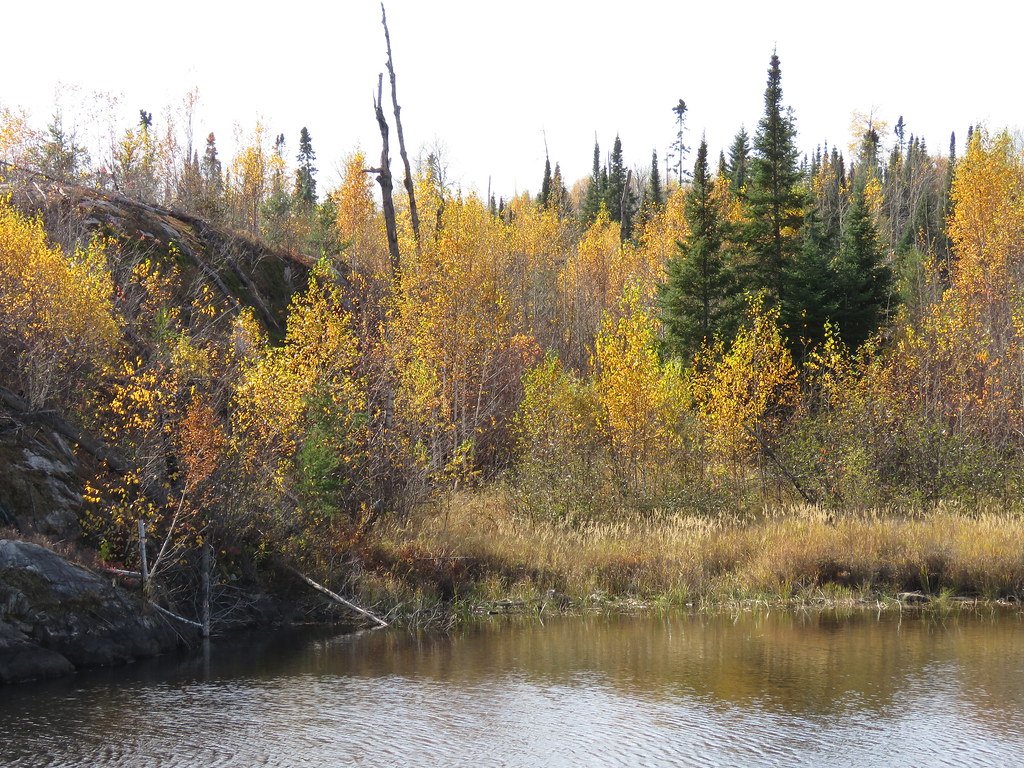
Fire creates unique water dynamics that attract various animal species. Ash acts as a natural water filter, and the mineral content of post-fire water sources often increases significantly.
Many animals are drawn to these mineral-rich water sources. The concentrated nutrients dissolved in post-fire streams and pools provide essential elements that might be scarce in other environments.
Fire also changes drainage patterns, creating temporary pools and wetlands that attract amphibians and aquatic insects. These new water features often become biodiversity hotspots in the recovering landscape.
The Mushroom Hunters: Fungi After Fire
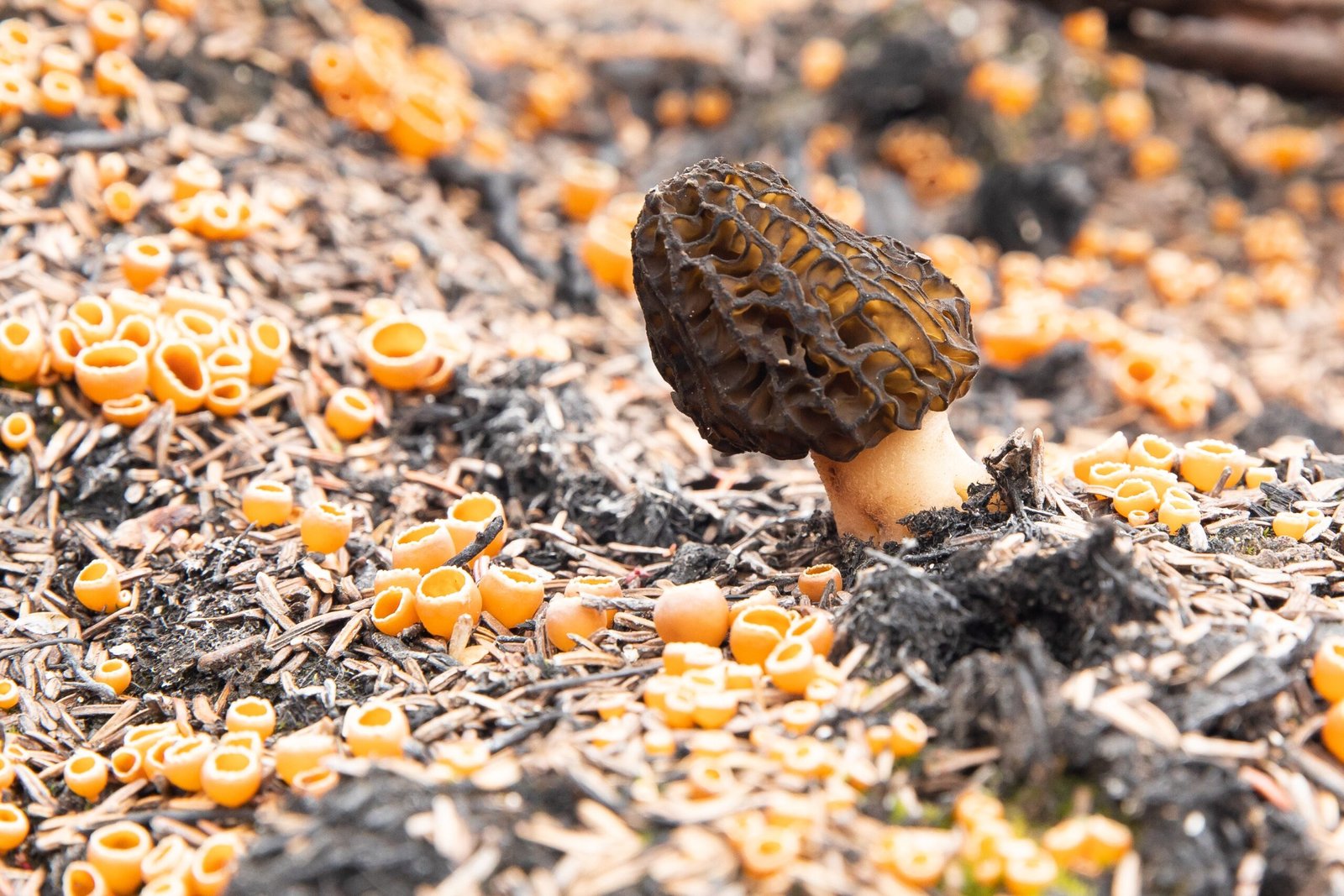
Fire creates specific conditions that favor certain fungal species. Morel mushrooms, for example, often appear in abundance the spring following a fire, attracting both human and animal foragers.
Many animals have learned to associate burned areas with these fungal bonanzas. Bears, deer, and various small mammals actively seek out post-fire mushroom patches, which provide concentrated nutrition during critical times of the year.
The fungal explosions also support entire ecosystems of invertebrates that feed on mushrooms, creating multi-layered food webs that wouldn’t exist without the fire’s influence.
Nesting Opportunities: Fire-Created Real Estate
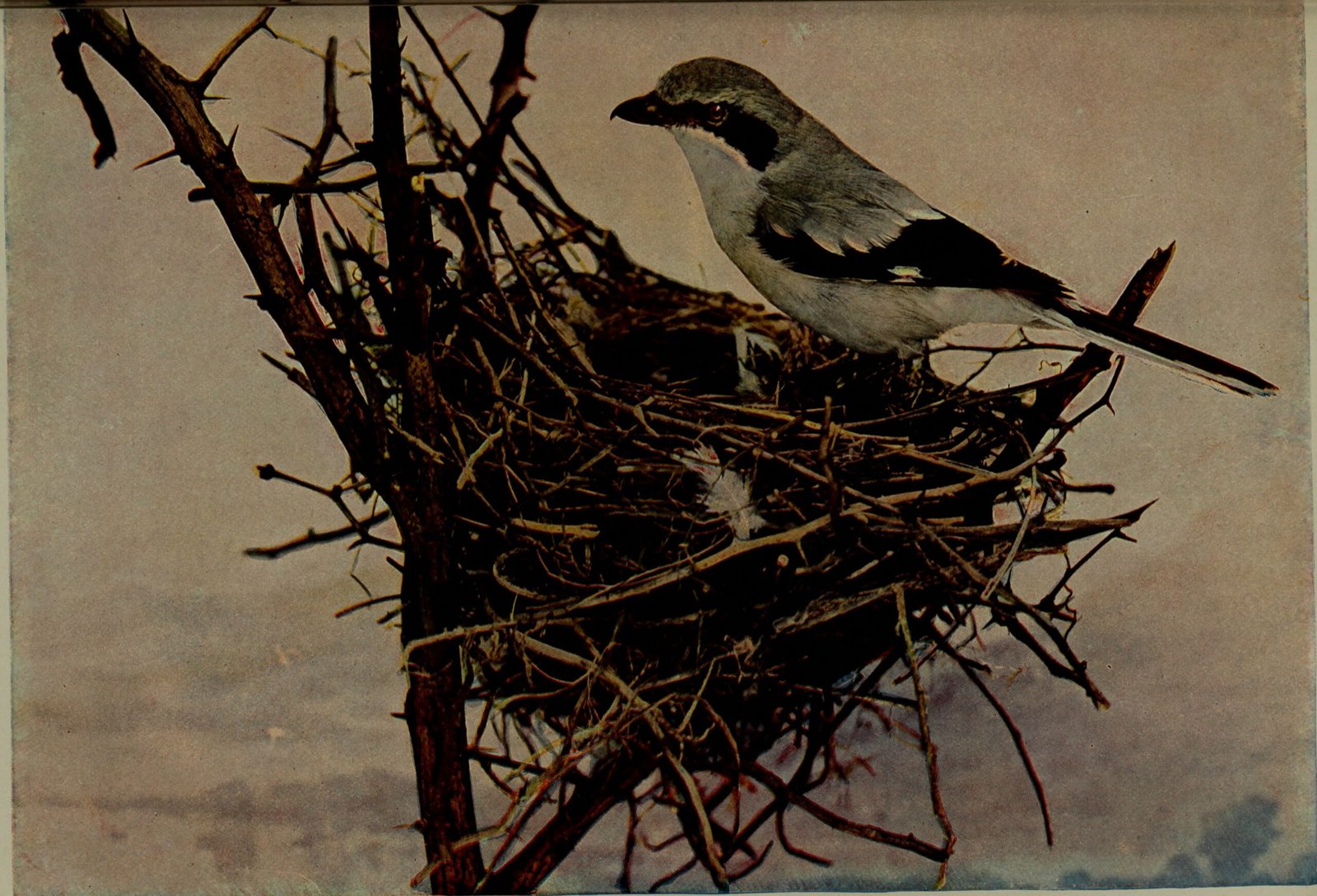
Fire creates unique nesting opportunities that many bird species exploit. Snags (standing dead trees) provide ideal nesting sites for cavity-nesting birds, while cleared areas offer perfect conditions for ground-nesting species.
The reduced competition for nesting sites in burned areas often leads to increased breeding success. Birds that might struggle to find suitable nesting locations in intact forests find abundant options in fire-affected landscapes.
Some species specifically time their breeding cycles to coincide with post-fire conditions. They’ve evolved to recognize the optimal windows when food is abundant and nesting sites are available.
Migration Patterns: Following the Fire Trail

Some animals have incorporated fire-following into their migration patterns. Certain bird species adjust their routes to take advantage of recently burned areas, treating them as stopover sites during long journeys.
These fire-followers often develop remarkable abilities to locate burned areas across vast landscapes. They use a combination of satellite navigation, chemical cues, and social information to find the best fire-affected habitats.
The nomadic lifestyle of fire-followers requires special adaptations. They must be able to quickly assess new environments, establish temporary territories, and move on when resources become depleted.
Conservation Implications: Managing Fire for Wildlife
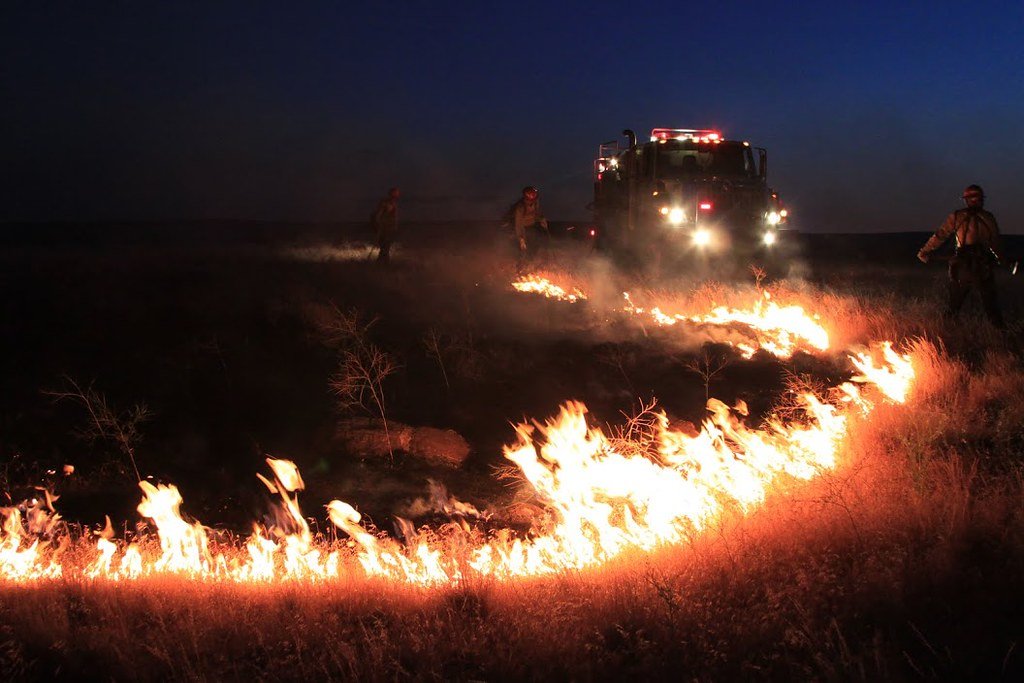
Understanding fire-following behavior has important implications for wildlife management and conservation. Suppressing all fires can actually harm species that depend on fire-created habitats.
Many fire-following species have experienced population declines in areas where fire suppression has been too aggressive. Black-backed woodpeckers, for example, have seen range contractions in regions where fires are consistently suppressed.
Modern conservation strategies increasingly recognize the importance of prescribed burns and natural fire cycles. These approaches aim to balance human safety with the ecological needs of fire-dependent species.
The Future of Fire Followers in a Changing World

Climate change is altering fire patterns worldwide, creating new challenges and opportunities for fire-following species. More frequent and intense fires might favor some species while overwhelming others.
The increasing severity of modern fires raises questions about whether traditional fire-following strategies will remain viable. Some animals might need to evolve new behaviors to cope with more extreme fire conditions.
Research into fire-following behaviors continues to reveal new insights about animal adaptations and ecosystem dynamics. These discoveries help us better understand the complex relationships between disturbance and recovery in natural systems.
Conclusion: The Phoenix Effect in Action
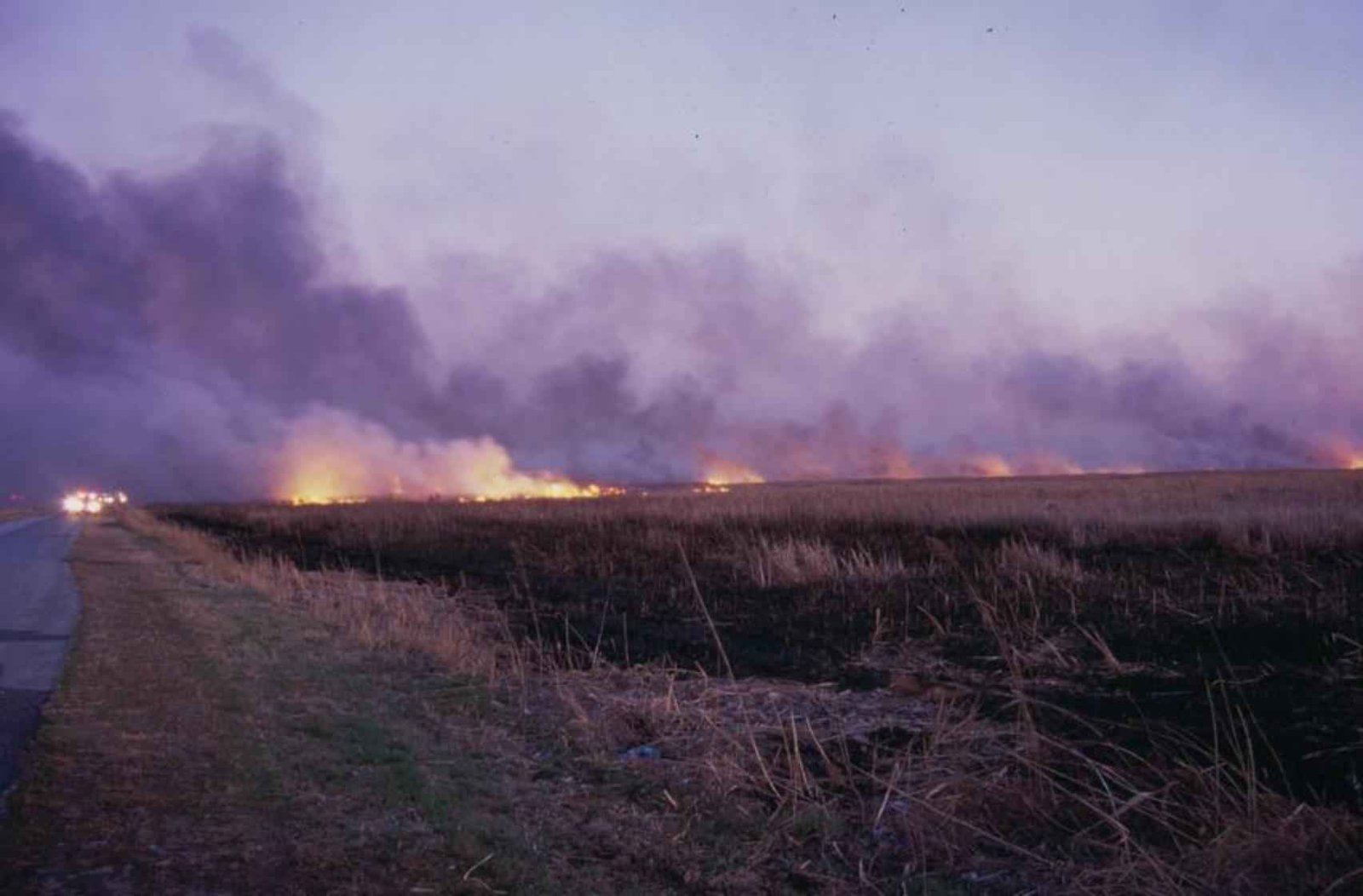
The world of fire followers reveals nature’s remarkable ability to turn destruction into opportunity. These animals don’t just survive catastrophic events—they’ve learned to thrive in them. From beetles detecting fires from 50 miles away to woodpeckers timing their breeding cycles around burn patterns, the natural world has developed strategies that transform our understanding of disaster and recovery.
The ash and char that represent endings to human eyes become beginnings for countless other species. They find concentrated nutrients, abundant food sources, prime real estate, and reduced competition in landscapes that we might write off as devastated. This perspective challenges us to reconsider our relationship with natural disturbances and recognize the vital role that fire plays in maintaining healthy ecosystems.
What does this tell us about nature’s resilience that we might be missing in our own approach to recovery?



